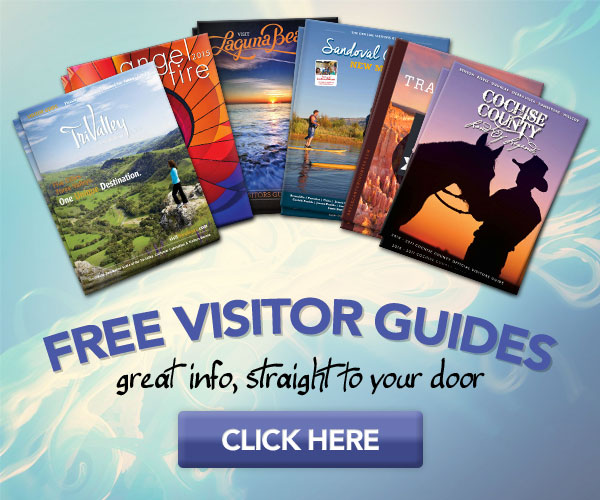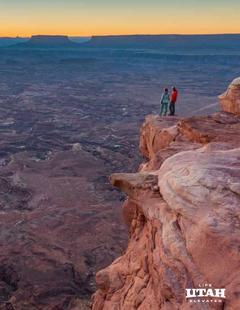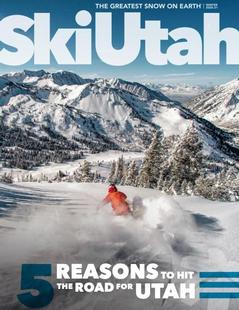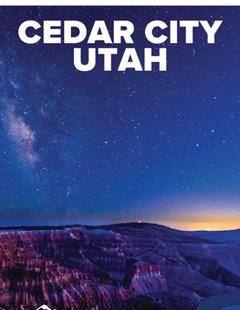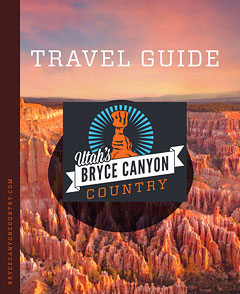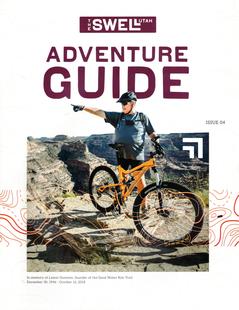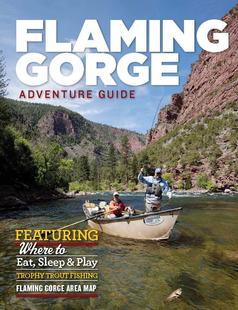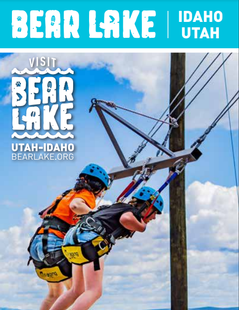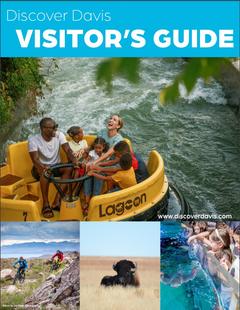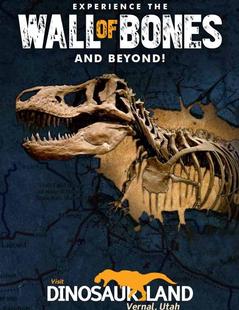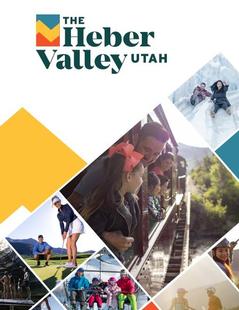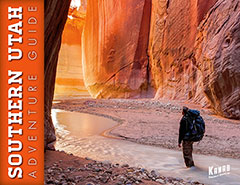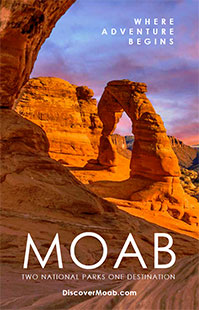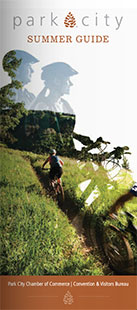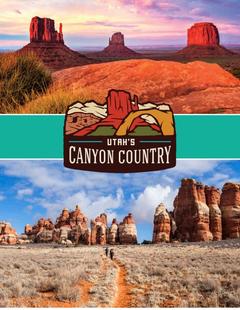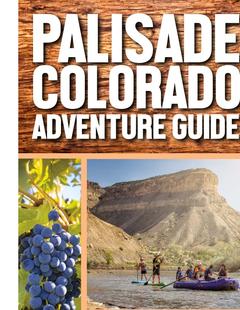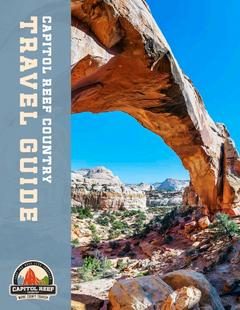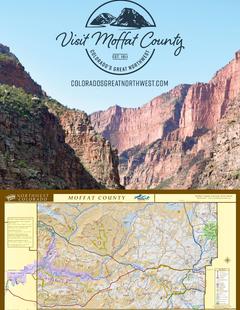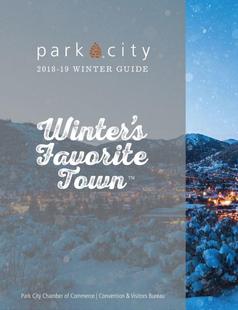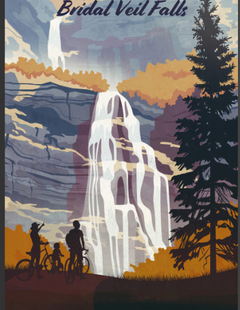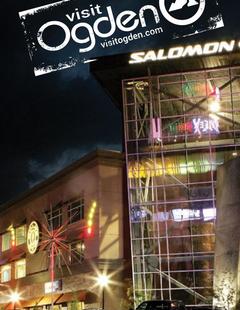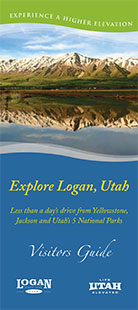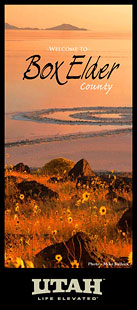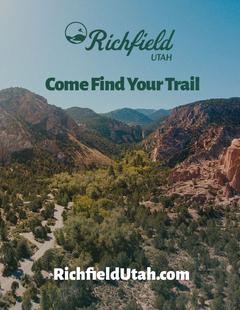Contact Info
- Local:
- 435-772-3256
Basics
- Location:
- Off Kolob Terrace Road on the Kolob Plateau in Zion National Park
- Length:
- 14 mile roundtrip
- Difficulty:
- Difficult
- Time:
- Day 1: 6 3/4 hours
ay 2: 4 1/2 hours - Elevation Change:
- 1100 feet
- Season:
- March to November
Description
There are three possible ways to walk to Kolob Arch, but the Hop Valley Trail, suggested here, is the most scenic approach. This trail starts on the Kolob Plateau, south of La Verkin Creek, and proceeds down the colorful Hop Valley Canyon to its confluence with La Verkin. The canyon is about 200 yards wide, with a flat, grassy bottom boxed in on both sides by towering cliffs of red sandstone. A shallow stream, fed by runoff from a half dozen side canyons, keeps the bottom of the narrow valley green, while, in the distance, one can see the picturesque maze of mesas and canyons that surround the confluence of Hop Valley and La Verkin Creek.
Unfortunately, the Hop Valley experience is degraded by the presence of several dozen range cows. This valley was grazed long before Zion National Park was established, and cattle are still grazed there. As of this printing, 3,477 acres of land within the published boundaries of Zion National Park is still privately owned by local ranchers. The National Park Service has been trying to solve this problem for years, but like most other federal problems the solution requires money. The degree to which the Hop Valley ecosystem has been damaged by the cattle becomes obvious about a mile before La Verkin Creek, where a fence has been erected to keep cattle out of the lower end of the valley. Beyond this barrier the diversity in plant species increases dramatically, the creek bed becomes deeper and more clearly defined, and the presence of birds and other wildlife becomes noticeable once again.
Details
Location:
Length:
Difficulty:
Time:
ay 2: 4 1/2 hours
Elevation Change:
Season:
Additional Details:
From the Hop Valley Trailhead the trail passes through 1.4 miles of open pinion-juniper forest before coming to a fence near the beginning of Hop Valley Canyon. This fence marks the beginning of an inholding of privately owned land. Beyond the fence the trail begins descending gradually into Hop Valley, finally reaching the canyon floor after about 1.5 miles. As you proceed down the canyon the floor becomes wider and flatter until, after another 1.5 miles, it reaches its maximum width of about 300 yards. Finally, 4.8 miles from the trailhead, you will cross the northern boundary of the Hop Valley grazing area, where another fence spans the bottom of the canyon to keep cattle out of La Verkin Creek. Make sure you close the gate behind you as you cross through the fence.
Soon after leaving the grazed portion of Hop Valley, the trail leaves the valley floor and climbs slightly into a forested area below the west wall. Then, 0.3 mile before reaching La Verkin Creek the trail breaks out of the trees and begins a series of switchbacks down into La Verkin Canyon. Just before reaching the creek you will see another trail coming down the canyon from Willis Creek. Turn left here and walk for 0.4 mile to the short spur trail that leads to Kolob Arch. But before going to see the arch, I suggest you continue down La Verkin Creek far enough to find a good campsite for the night. There are a lot of good sites here, so, unless it is a holiday, you shouldn’t have any trouble finding one. Try to camp at least 0.2 mile from the junction with the Kolob Arch Trail-especially if you have a large group. The environment in this area has already sustained substantial damage from overuse by campers.
Day 2
The first item of business of the second day is to see the Kolob Arch. As mentioned earlier, the best time to see the arch is in the morning, so even if you saw it the day before you should take the time to see it again before hiking out. After breaking camp leave your packs behind and walk back to the sign marking the spur trail to Kolob Arch viewpoint, 0.5 mile away. Unfortunately the viewpoint where the trail ends is still 600 yards from the arch, and because of the rough terrain it is almost impossible to get more than 200 yards closer. Without a good frame of reference the arch does not seem as big as it really is, and you may be mildly disappointed. Nevertheless, it is huge-spanning the length of a football field at its base.
From your campsite, the trail to Lees Pass continues down La Verkin Creek for about 1.6 miles before veering off to the north. The trail finally leaves the creek near the remains of an old corral that was used years ago when cattle were still being grazed here. 1.3 miles later the trail encounters Timber Creek, a tributary of La Verkin, and continues north toward Lees Pass. Finally, 0.9 mile before arriving at the trailhead, the trail leaves Timber Creek and climbs the last 470 feet to the parking lot.







